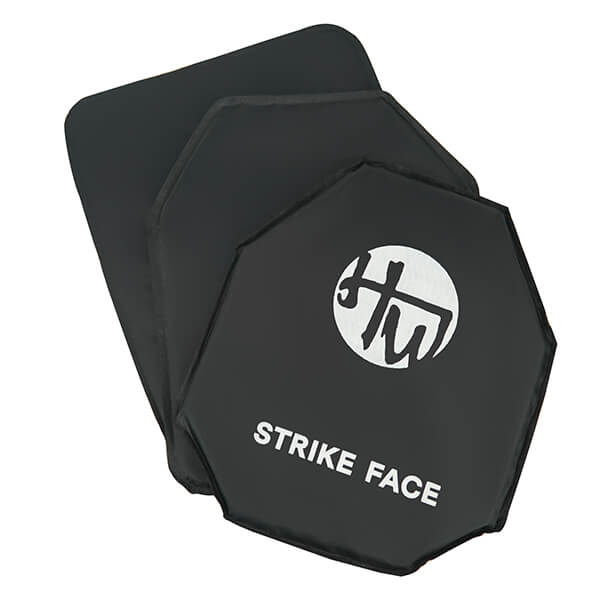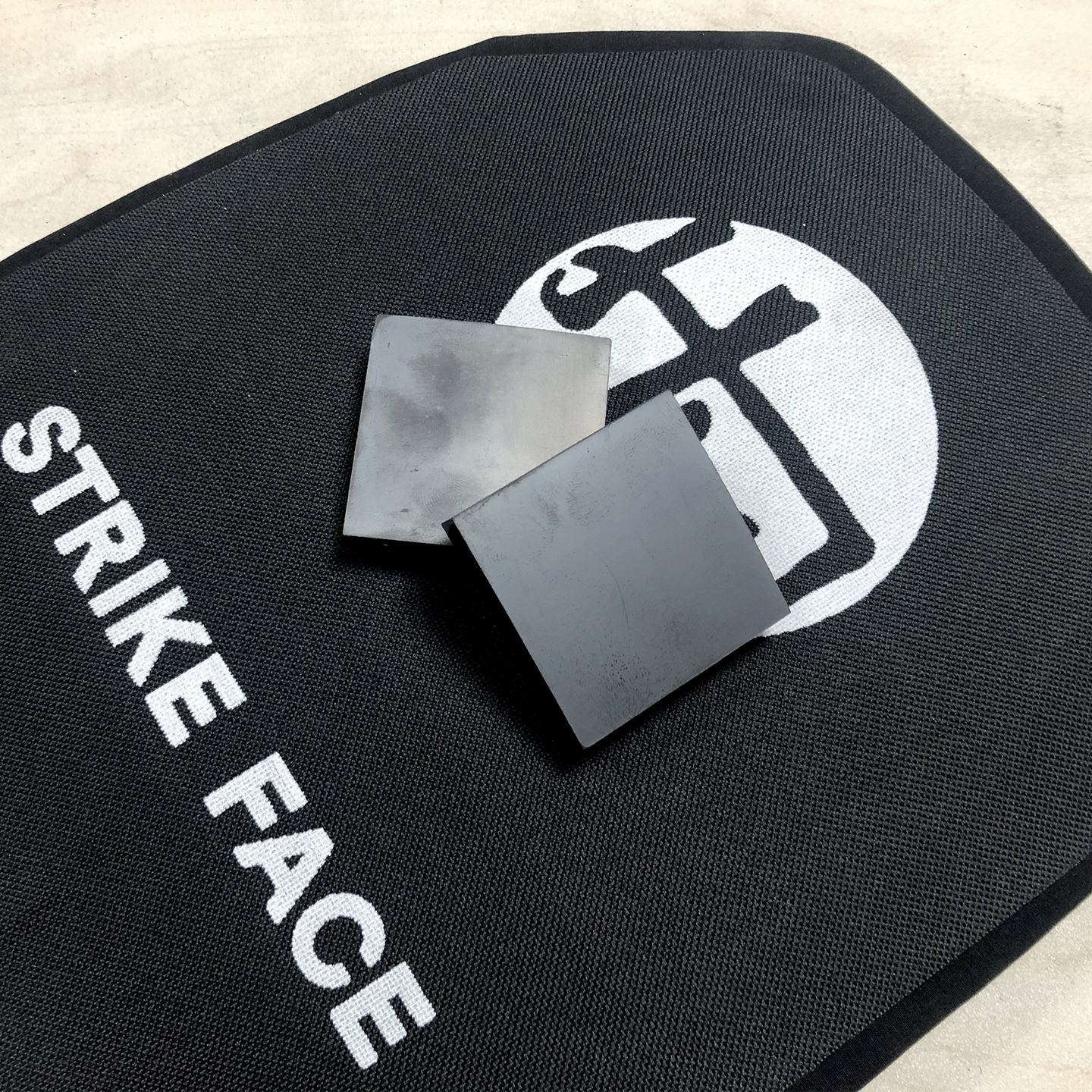
Choosing the right armor plate plays a crucial role in body armor setups. Individuals consider safety, weight, durability, and cost before making a decision. Ceramic plates offer advanced safety and protection but weigh less than steel options.
Polyethylene plates provide personal protection with lightweight comfort. Steel plates deliver reliable body armor durability. Each type meets different safety requirements and personal protection preferences.
Armor Plates Overview
Key Features Compared
Body armor comes in three main types: ceramic, steel, and polyethylene plates. Each type offers unique benefits and trade-offs. Understanding the key differences helps users make informed decisions about safety and protection.
| Plate Type | Protection Level | Weight | Durability | Cost |
|---|---|---|---|---|
| Ceramic | High | Medium | Moderate | Higher |
| Steel | Moderate-High | Heavy | Very High | Lower |
| Polyethylene | High | Very Light | Good | Highest |
Ceramic plates provide high protection and moderate weight. Steel plates offer strong durability but add significant weight to body armor. Polyethylene plates deliver high protection with the lowest weight, making them ideal for personal protection, but they often cost more.
Choosing Based on Needs
Selecting the right armor plate depends on the user’s needs. Some people need maximum protection for high-risk situations. Others want lightweight body armor for comfort during long wear. Durability matters for those who expect rough use or harsh environments. Cost also plays a role in the decision.
Tip: Think about how often you will wear body armor and what threats you might face. Heavier plates may offer more durability, but lighter plates improve comfort and mobility.
Ceramic plates suit those who want a balance between protection and weight. Steel plates work best for users who value durability and lower cost.
Polyethylene plates fit users who need the lightest body armor for daily wear and prioritize safety and protection.
By comparing these key features, users can choose the best armor plate for their body armor setup and personal protection needs.
Steel Armor Plate
Protection Level
Steel armor offers reliable protection against many common threats. Users choose steel armor for its ability to stop rifle rounds and handgun ammunition. Steel body armor provides optimal protection in situations where high-velocity projectiles are a concern.
The hard surface of steel armor helps prevent penetration and reduces blunt force trauma. Steel armor plates deliver optimal threat protection for those who need strong defense in hazardous environments.
Weight and Comfort
Steel armor plates add significant weight to body armor setups. The heavy nature of steel body armor can affect comfort during long periods of wear.
Individuals may notice reduced mobility when using steel armor, especially compared to lighter alternatives. The extra weight can cause fatigue, making steel body armor less suitable for users who need to move quickly or wear protection for extended hours.
Durability
Steel armor stands out for its durability. Steel body armor resists wear and tear from rough handling and harsh conditions. The rigid structure of steel armor allows it to withstand impacts and maintain its protective qualities over time.
Users who expect their body armor to last through repeated use often select steel armor for its long lifespan.
Best Use Cases
Steel armor works best in situations where durability and cost matter most. Security personnel, law enforcement, and individuals in high-risk areas often rely on steel body armor. Steel armor plates suit those who need optimal protection and do not mind extra weight. Users who expect their body armor to face rough treatment or frequent use benefit from steel armor’s strength.
Note: Steel armor provides strong protection and durability, but users should consider the impact of weight on comfort and mobility before choosing steel body armor.
Ceramic Body Armor

Protection Level
Ceramic armor provides high protection against rifle rounds and armor-piercing ammunition. The ceramic material shatters incoming projectiles, reducing their impact and energy.
Many users rely on ceramic armor for optimal protection in dangerous environments. Ceramic body armor meets the needs of those who face advanced ballistic threats. The layered design of ceramic plates helps absorb and disperse energy, which increases safety for the wearer.
Weight and Comfort
Ceramic armor offers a balance between weight and protection. Ceramic plates weigh less than steel plates but more than polyethylene options.
Many individuals choose ceramic armor because it improves comfort during extended use. The moderate weight allows users to maintain mobility while still receiving strong protection. Ceramic body armor suits those who need to move quickly but do not want to sacrifice safety.
Durability
Ceramic armor resists many types of damage but does not match the durability of steel plates. Ceramic plates can crack or chip after repeated impacts. Users should inspect ceramic body armor regularly to ensure continued protection.
The durability of ceramic armor depends on how often it faces rough handling or ballistic threats. Many people select ceramic armor for personal protection when they expect occasional use rather than constant exposure to harsh conditions.
Best Use Cases
Ceramic armor works best for law enforcement, military personnel, and security professionals who need high protection and moderate weight. Many users choose ceramic body armor for missions that require mobility and safety. Ceramic plates suit individuals who expect to face rifle threats but want to avoid the heavy weight of steel. The combination of protection, weight, and cost makes ceramic armor a popular choice for personal protection in tactical situations.
Polyethylene Body Armor

Protection Level
Polyethylene armor provides high protection against many ballistic threats. This type of body armor can stop rifle rounds and some armor-piercing ammunition.
The material absorbs and disperses energy from projectiles, which helps reduce injury. Many users trust polyethylene armor for personal protection in dangerous situations. The advanced design offers reliable protection while keeping the plate lightweight.
Weight and Comfort
Polyethylene body armor stands out for its low weight. These plates feel much lighter than steel or ceramic options. Users often notice improved comfort during long periods of wear.
The reduced weight allows for better mobility, which helps in situations that require quick movement. Many people choose polyethylene plates when they need to wear body armor daily or for extended missions. The light weight also reduces fatigue, making it easier to stay alert and active.
Durability
Polyethylene body armor offers good durability for most users. The material resists moisture and does not rust or corrode. While it may not match the extreme durability of steel, it holds up well under normal use.
Users should avoid exposing these plates to very high temperatures, as heat can affect performance. Regular inspection helps maintain the protective qualities of the armor.
Best Use Cases
Polyethylene body armor works best for people who need to wear protection for long periods. Law enforcement officers, security professionals, and civilians who want lightweight personal protection often choose this type. The combination of high protection, low weight, and good durability makes it ideal for daily use or situations that require high mobility.
Comparing Ceramic, Steel, and Polyethylene Armor Plate
Protection vs. Weight
Ceramic armor, steel armor, and polyethylene plates each offer different levels of protection and weight. Ceramic plates provide strong protection while keeping weight moderate. Steel armor delivers reliable defense but adds significant weight to body armor. Polyethylene plates give high protection with very low weight, which improves mobility.
Many users look for a protection and mobility balance when choosing an armor plate. Lightweight plates help users move quickly, but heavier plates may offer more coverage.
Durability vs. Cost
Steel plates stand out for durability. They resist damage from rough use and last a long time. Ceramic plates offer good durability but can crack after impacts. Polyethylene plates resist moisture and corrosion, but extreme heat can affect them. Steel armor usually costs less than ceramic or polyethylene plates. Ceramic armor sits in the middle range, while polyethylene plates cost the most. Users must decide if they want to pay more for lighter plates or save money with heavier options.
Environmental Factors
Environmental conditions affect armor plate performance. Steel plates can rust if exposed to water, but they handle rough treatment well. Ceramic plates need regular checks for cracks, especially after drops or impacts. Polyethylene plates resist water and do not rust, but high temperatures can reduce their effectiveness. Users should store plates in cool, dry places to maintain protection.
Pros and Cons
| Plate Type | Pros | Cons |
|---|---|---|
| Steel | High durability, low cost | Heavy, can rust |
| Ceramic | High protection, moderate weight | Can crack, higher cost |
| Polyethylene | Very light, resists moisture | Expensive, sensitive to heat |
Final Recommendation
Users should consider their needs for personal protection, durability, and mobility. Steel armor suits those who want long-lasting plates at a lower cost. Ceramic armor fits users who need strong protection and moderate weight. Polyethylene plates work best for those who value comfort and high mobility. The best choice depends on the situation and how often the user wears body armor.
Conclusion
Choosing the right armor plate depends on personal needs. Steel plates offer strong durability and low cost. Ceramic plates balance protection and weight. Polyethylene plates provide comfort and high mobility. Users should consider how often they wear body armor and what threats they face.
The best choice comes from matching protection, weight, and budget to daily use
